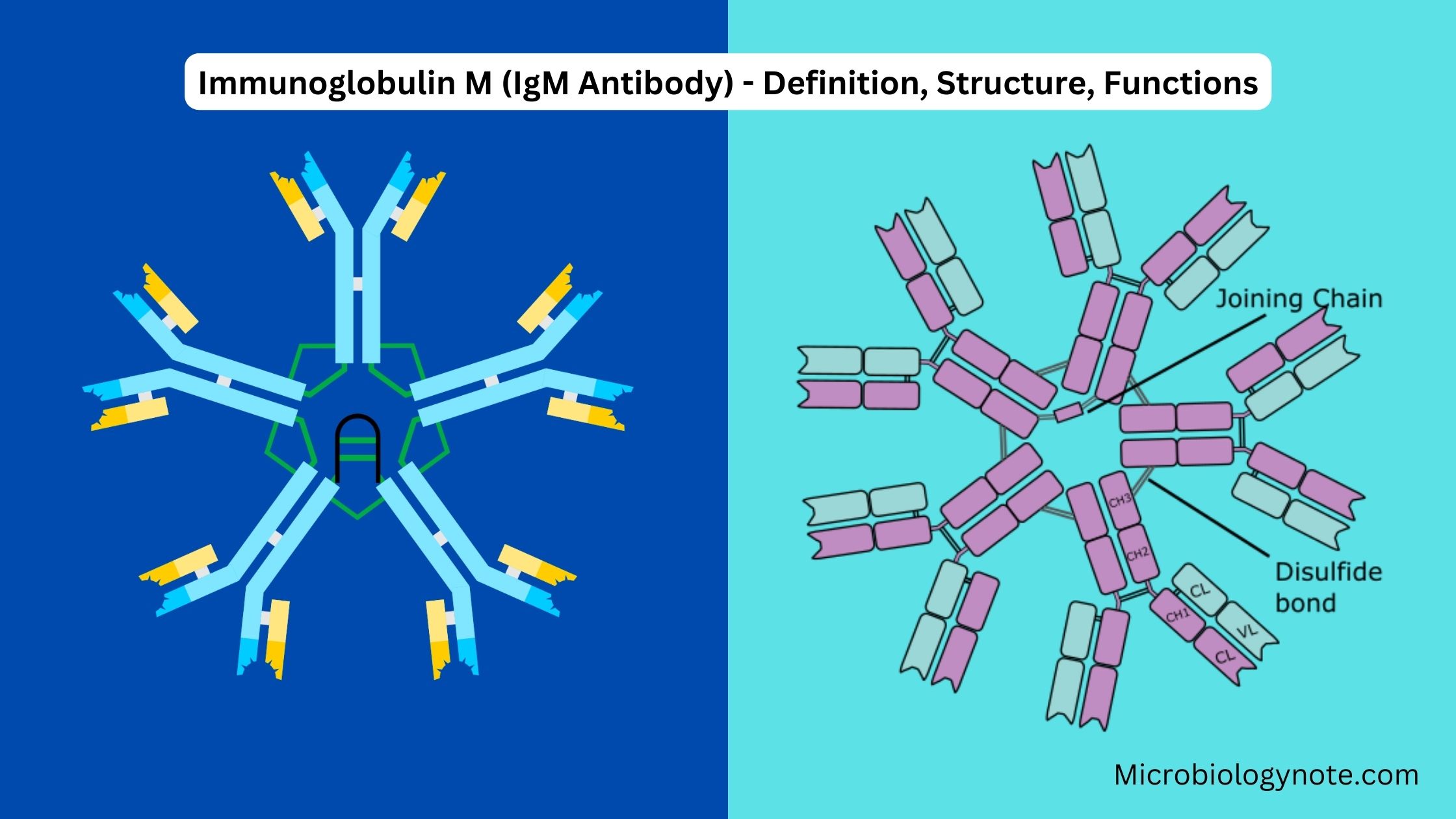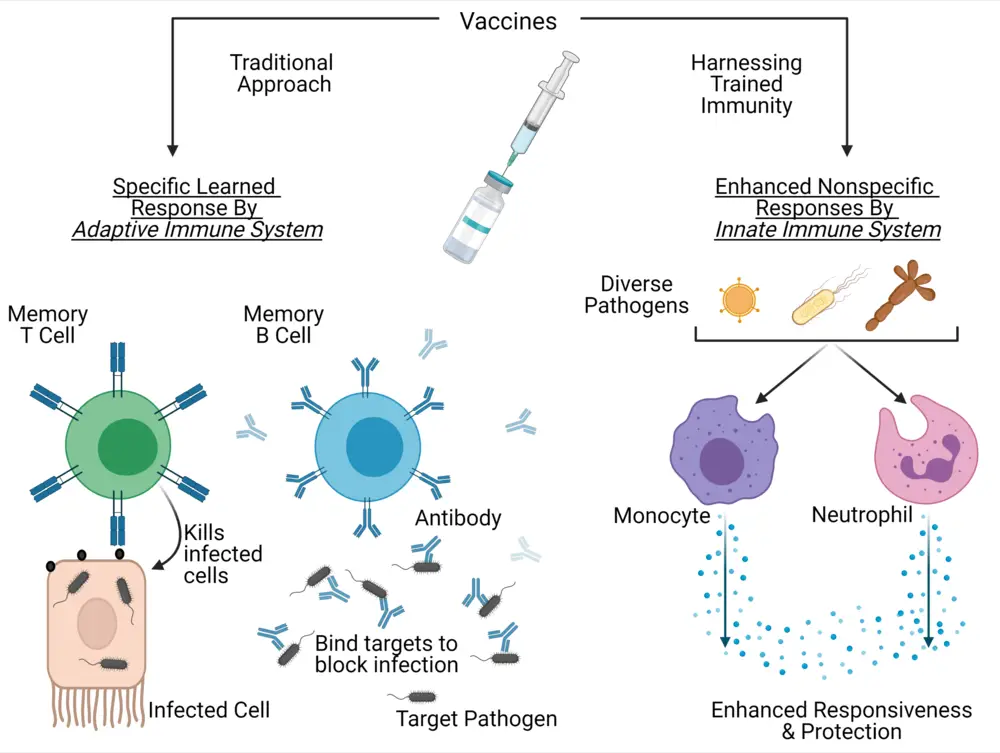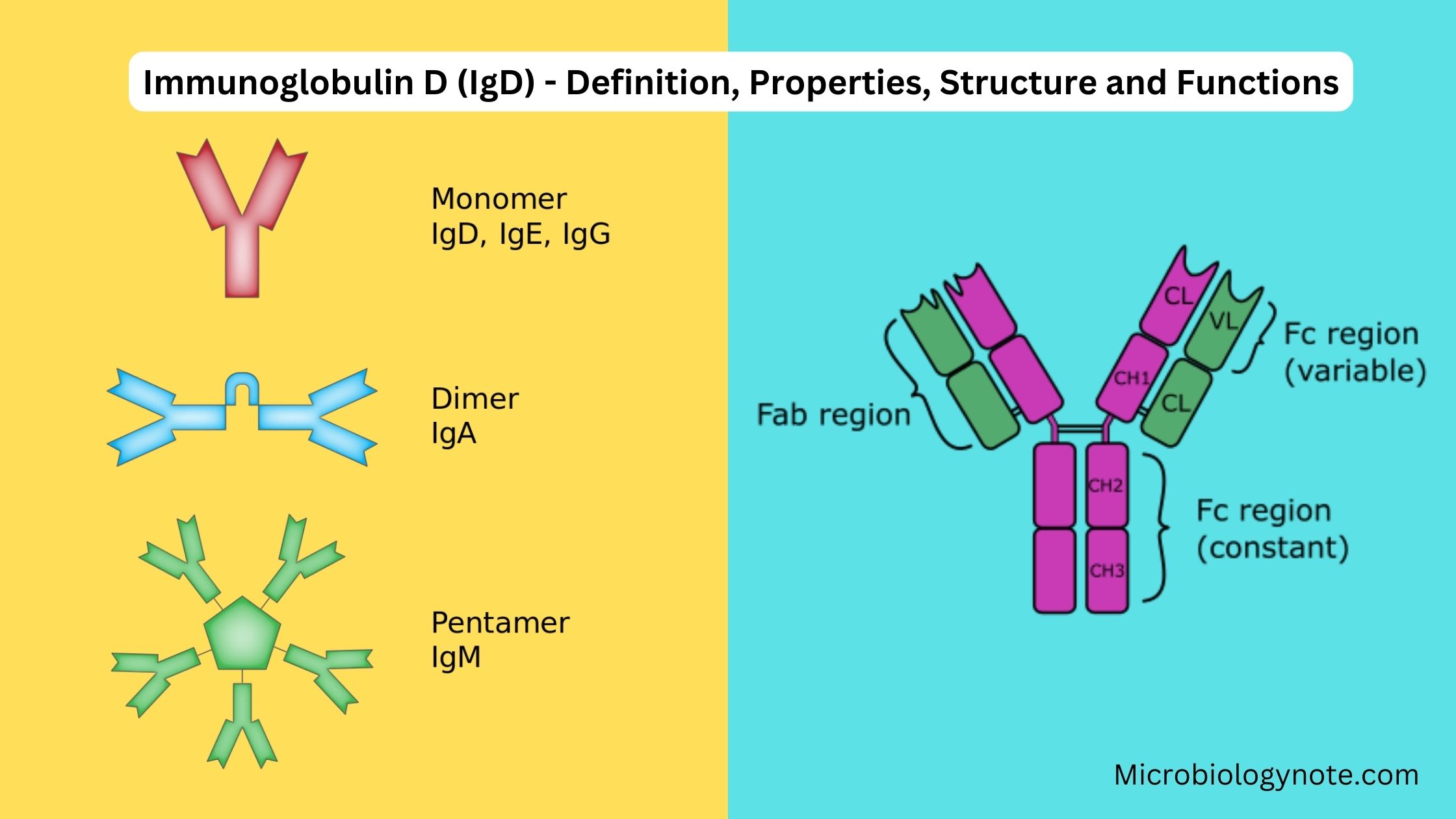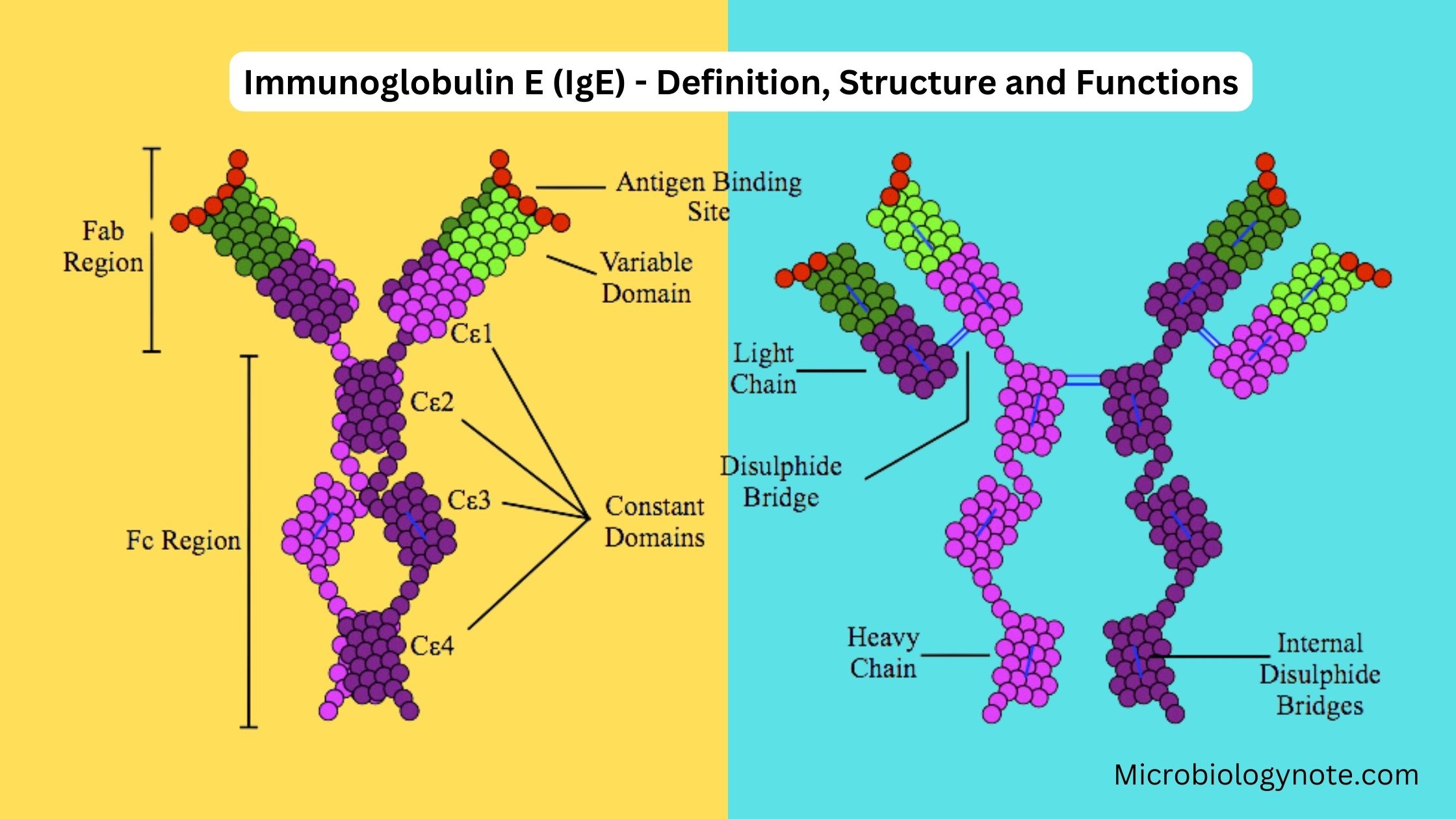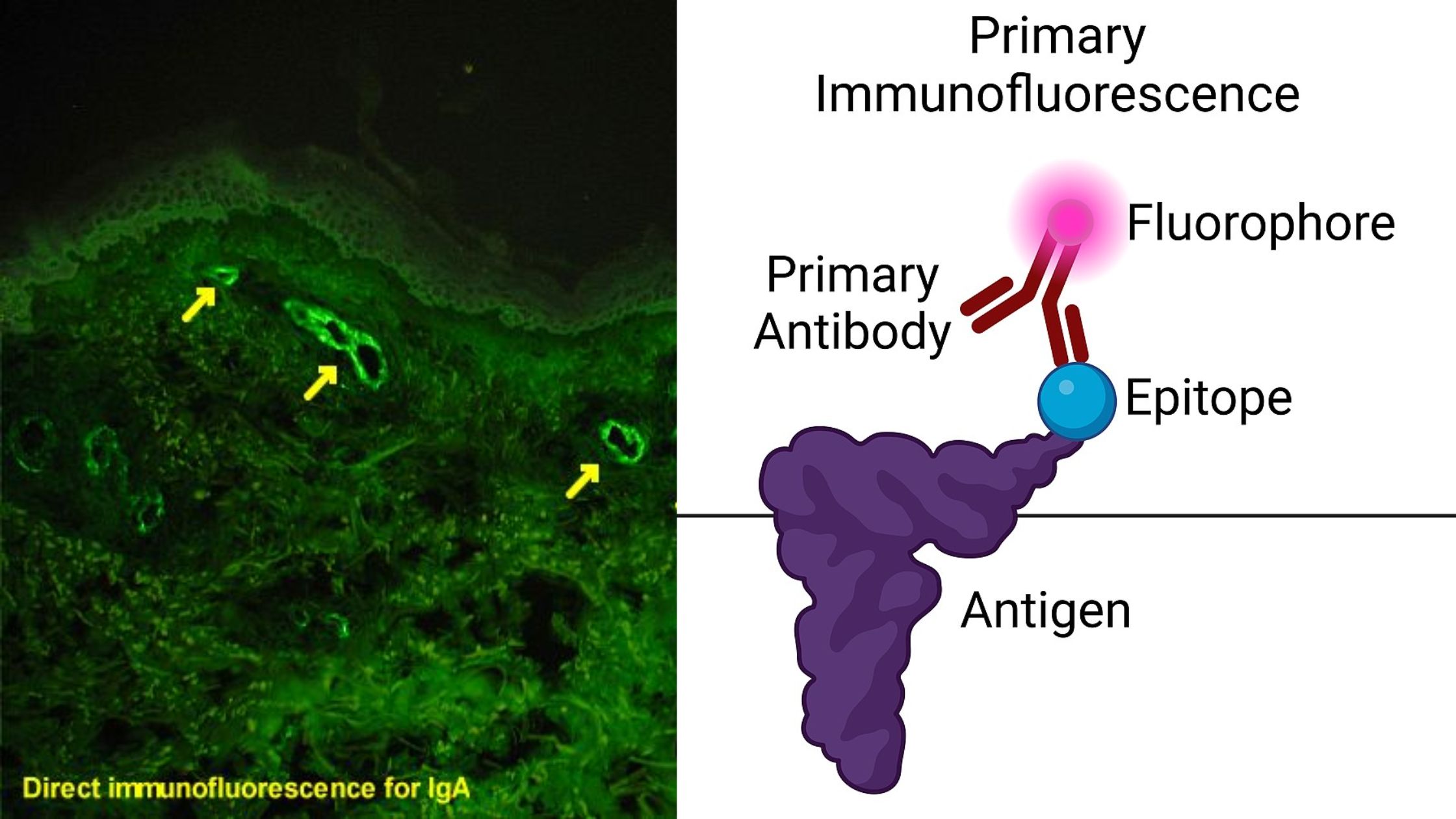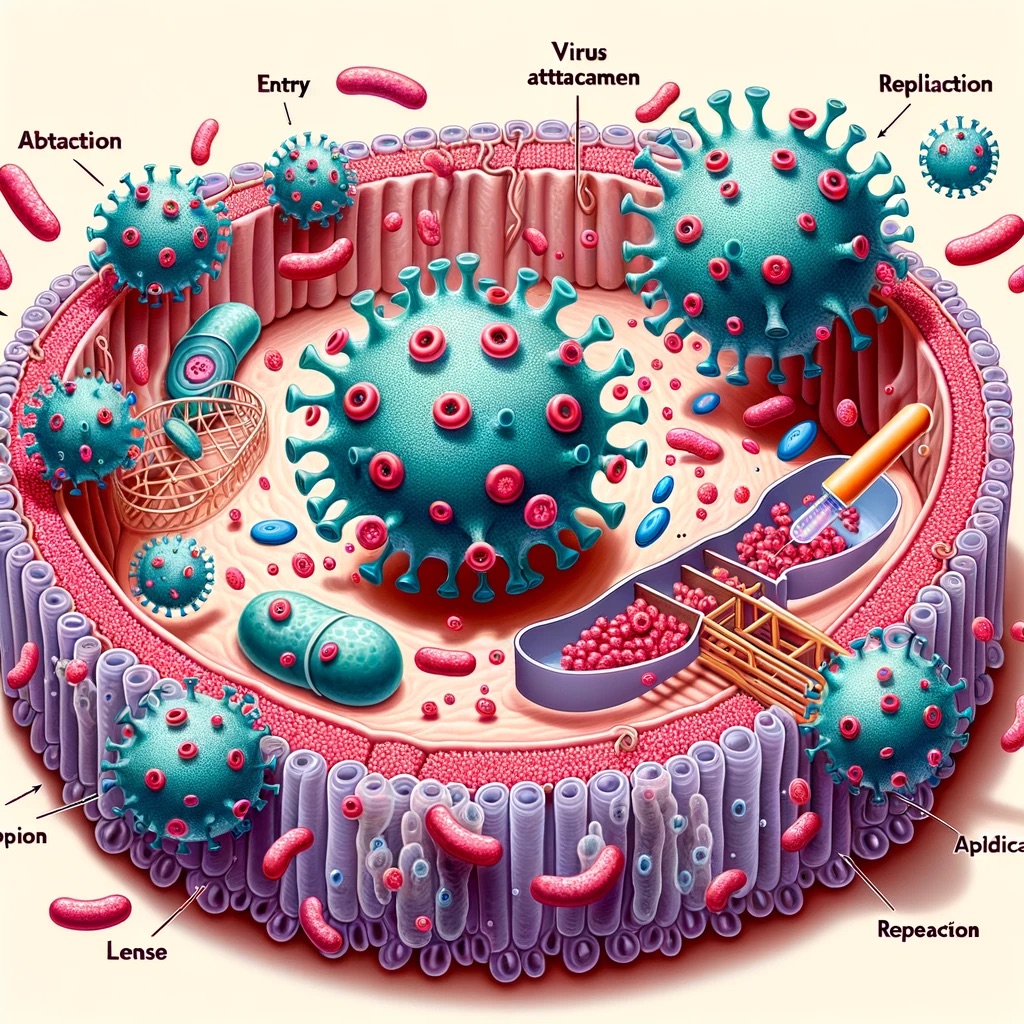Immunoglobulin M (IgM Antibody) – Definition, Structure, Functions
What is Immunoglobulin M (IgM Antibody)? Definition of Immunoglobulin M (IgM Antibody) Immunoglobulin M (IgM) antibody is the first antibody produced by the immune system in response to an infection or foreign substance. It is a large pentameric antibody that plays a crucial role in the body’s initial immune response. Fundamentals of IgM IgM, or … Read more
